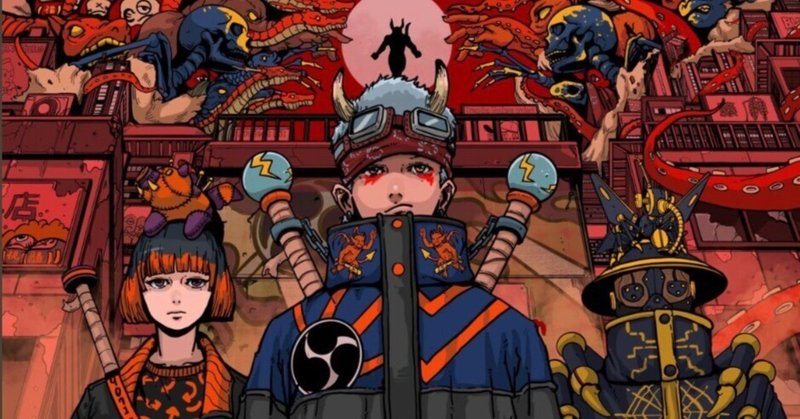
Hanfuda appeared in KURENAI
In Kurenai, Hanafuda, a traditional Japanese card deck, is used as crucial elements. As I notice that they are a little bit confusing for the non-Japanese collectors, I wrote a very simplified explanation about the game. Hope this helps you understand the awesome world of KURENAI!
<What is Hanafuda?>
Hanafuda are a deck of traditional playing cards born in Japan. "Hanafuda" means "flower (hana) cards (fuda)" in Japanese, but they illustrate mainly flowers, plants and animals representative of the seasons. Like western style cards, we can play many games with the deck.
There are 48 cards in total (12 suits, 4 cards each). Each suit corresponds to a month of the year. A plant or flower represents each month, for example, cherry blossoms are drawn for the four cards of March. In addition to the months, the cards are divided into four categories: Brights, Animals, Ribbons (or strip of paper), and Plains. The four categories are different in the scores. Usually, Brights are the highest and the Plains are the lowest. The Plain of November is called “Onifuda” or “Demon card” in English. It is special because it’s the only card that can match up with any card.
<Differences between KURENAI and Hanafuda>
・In Kurenai, each month has 3 kinds, and 12 months make up 36 cards in total (instead of 48 in original Hanafuda).
・The Plain of November background (in blue box below) appears only when KURENAI appears.

<A very simple explanation of how to play Hanafuda: Koikoi game>
Koikoi game using Hanafuda deck is a game for two players. The goal for the players is to form melds called “yaku”, point-scoring combinations of cards, from their hands. Each player get 8 cards each first, and the rest is on the table. The players in turn try to win cards by matching the months of one of his/her hand with the one from the pool on the table. If the cards match, the player can get both of the cards. If not, he/she needs to put the card into the pool. By getting more cards, the players try to make the high-point “yaku” combinations, such as five Brights, or Goko in Japanese, the highest scoring combination. The game ends when one of the players calls after he/she gets "yaku". The one who has better score in total wins.
この記事が気に入ったらサポートをしてみませんか?
